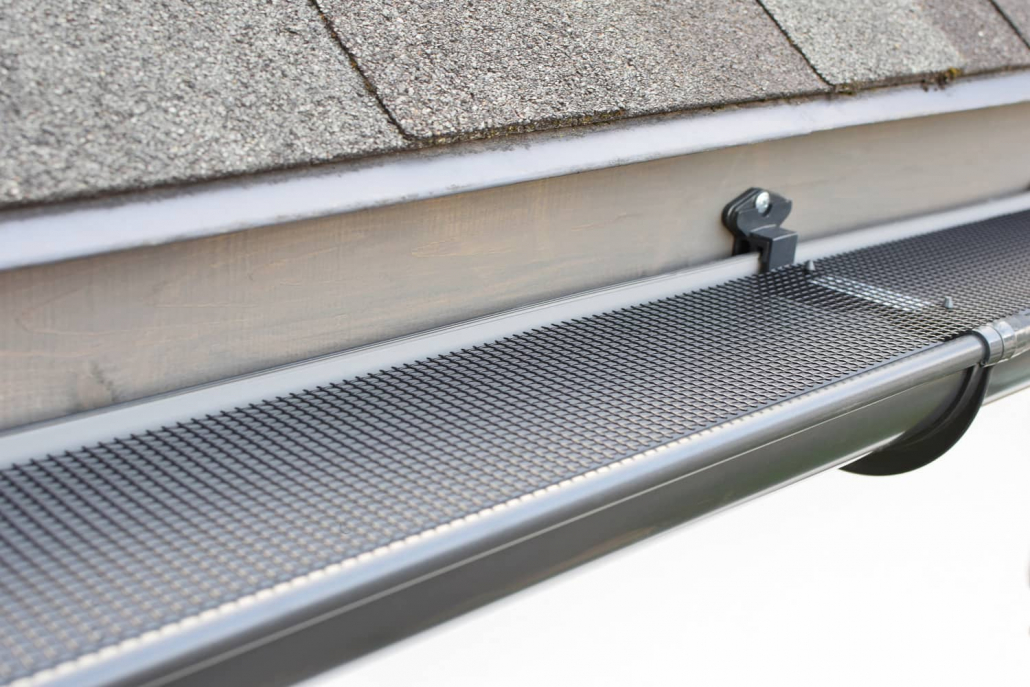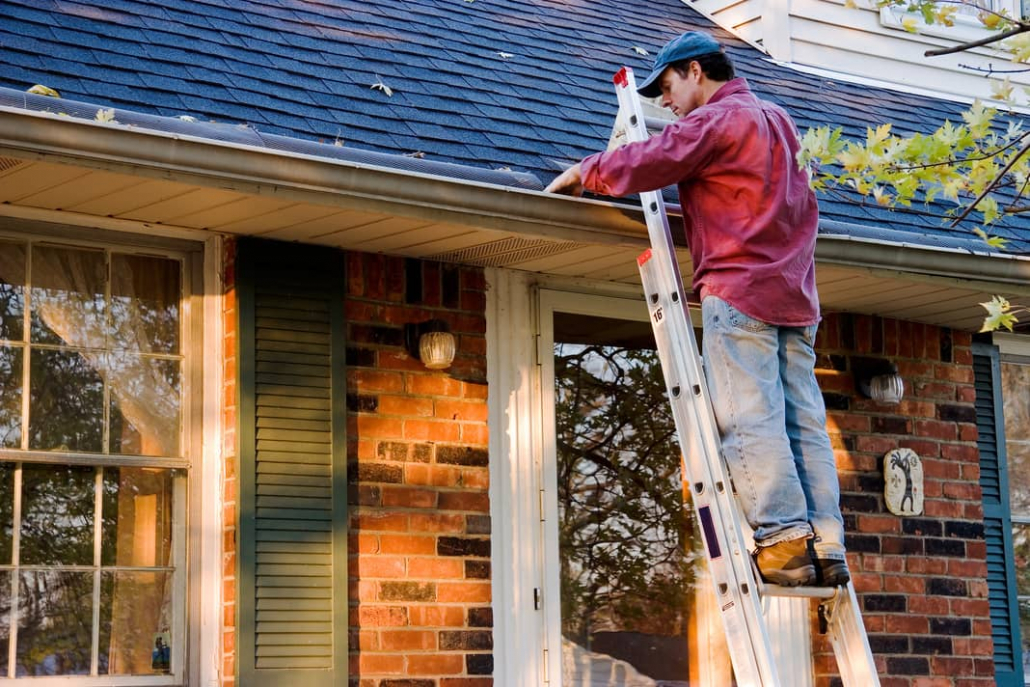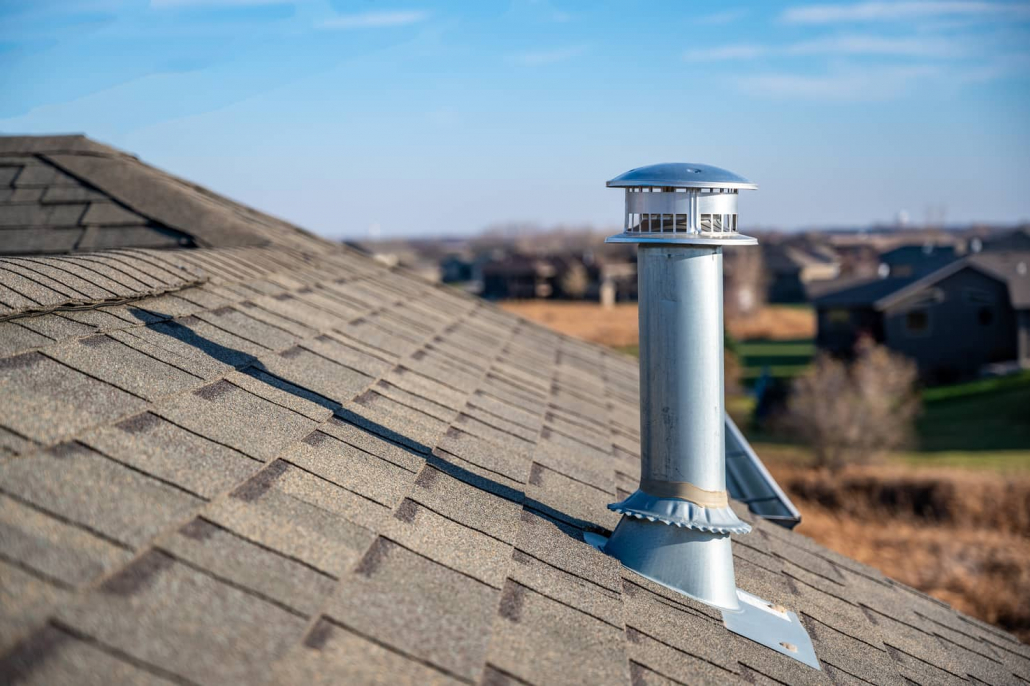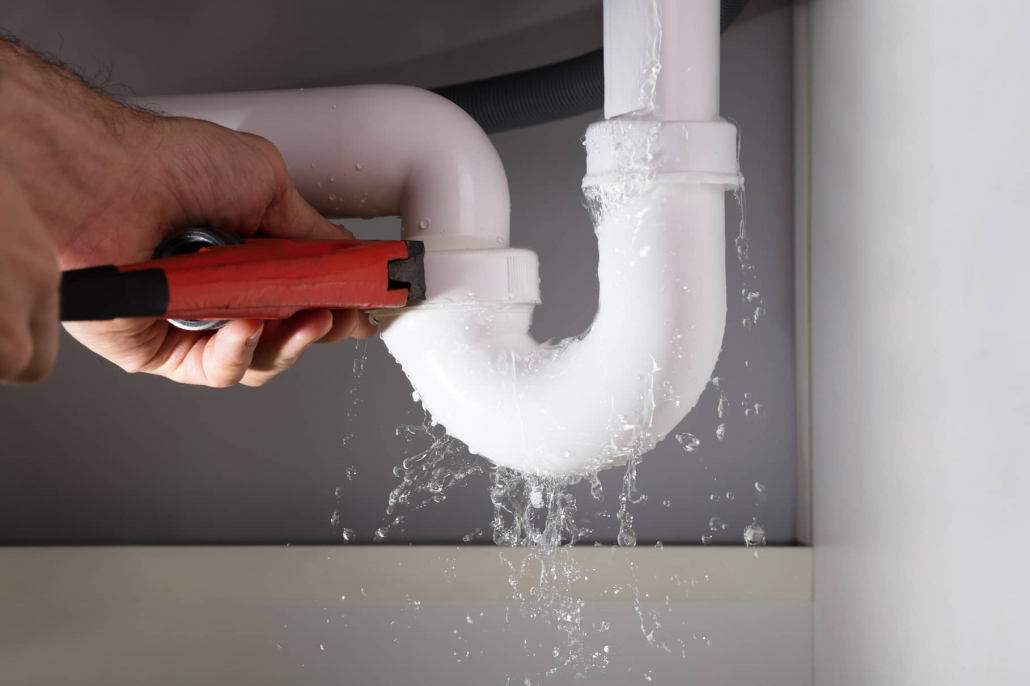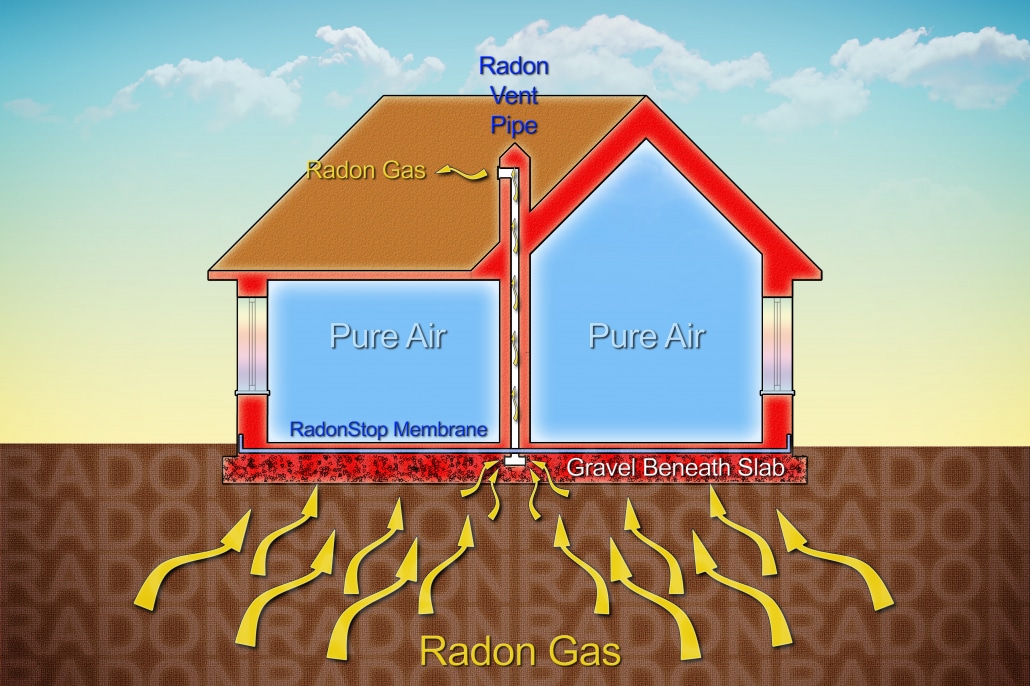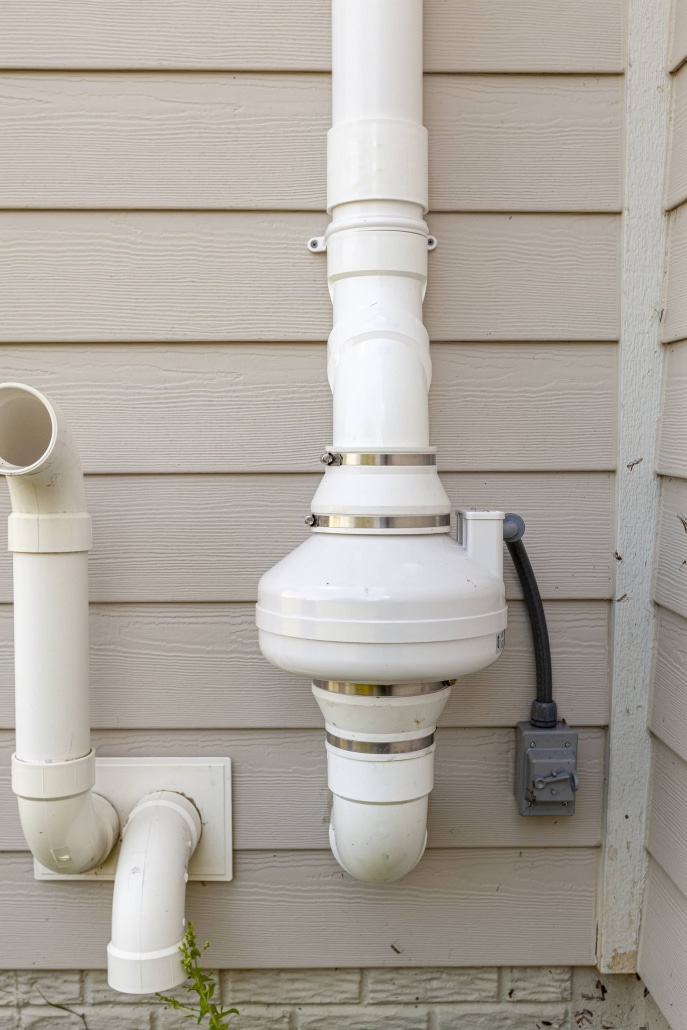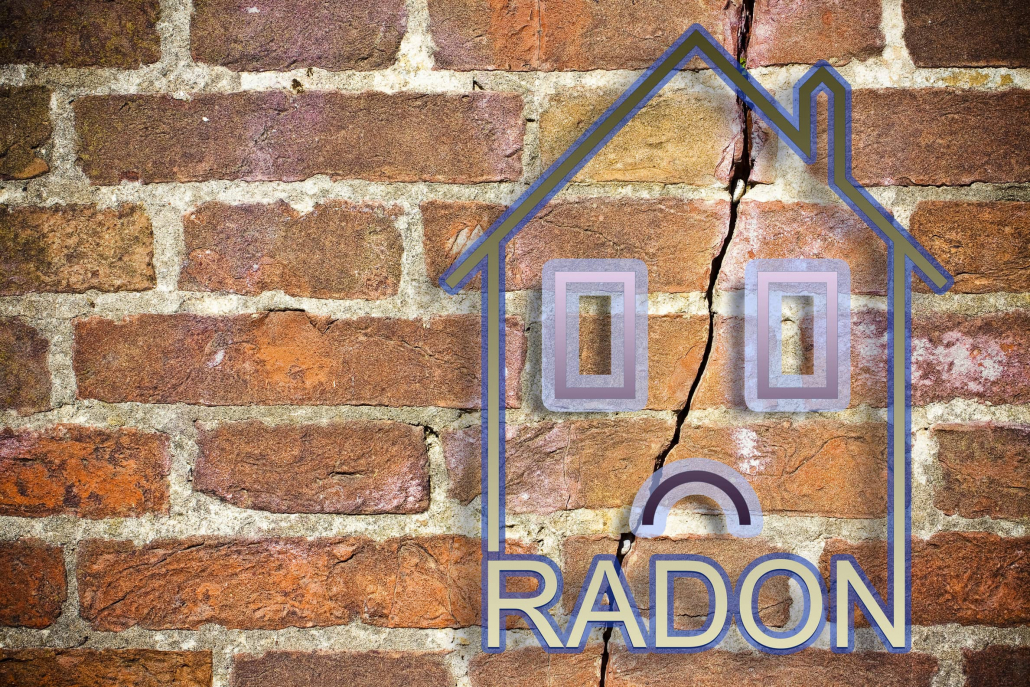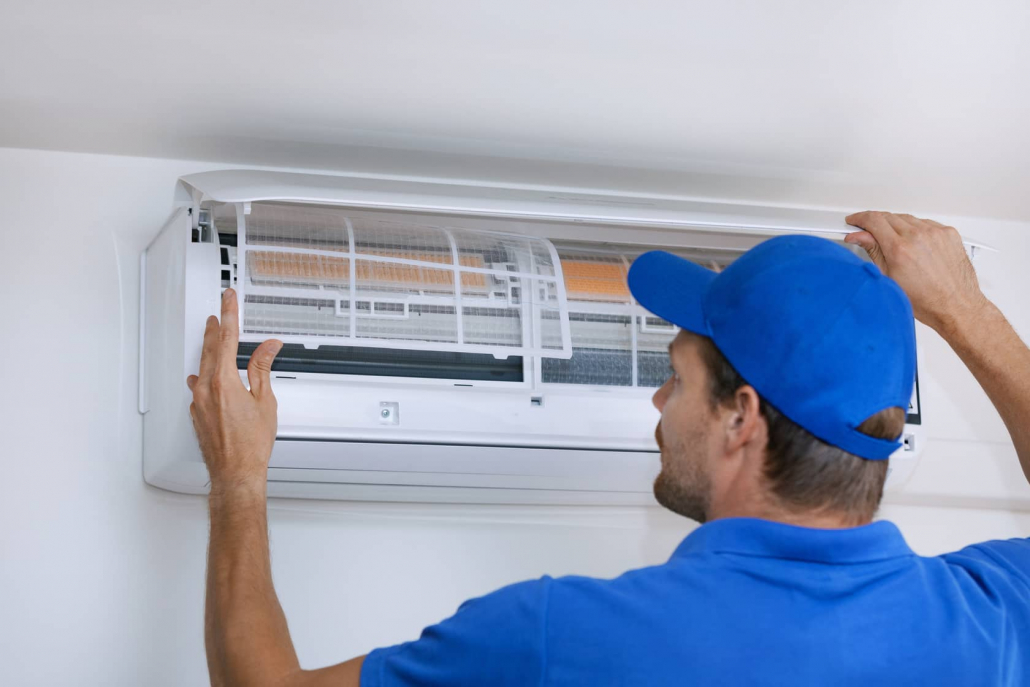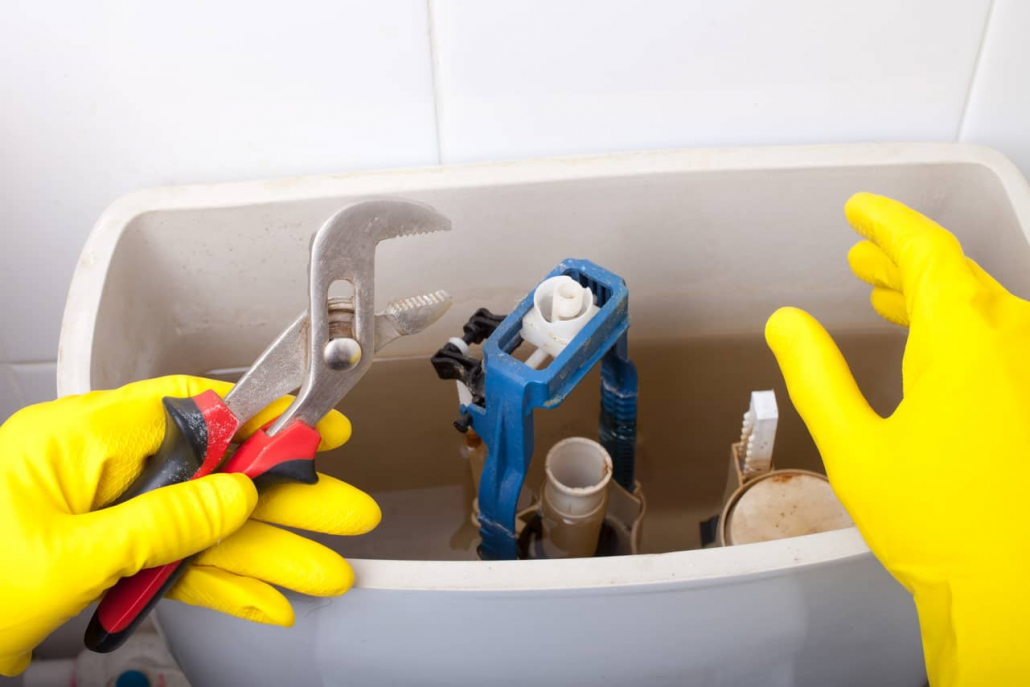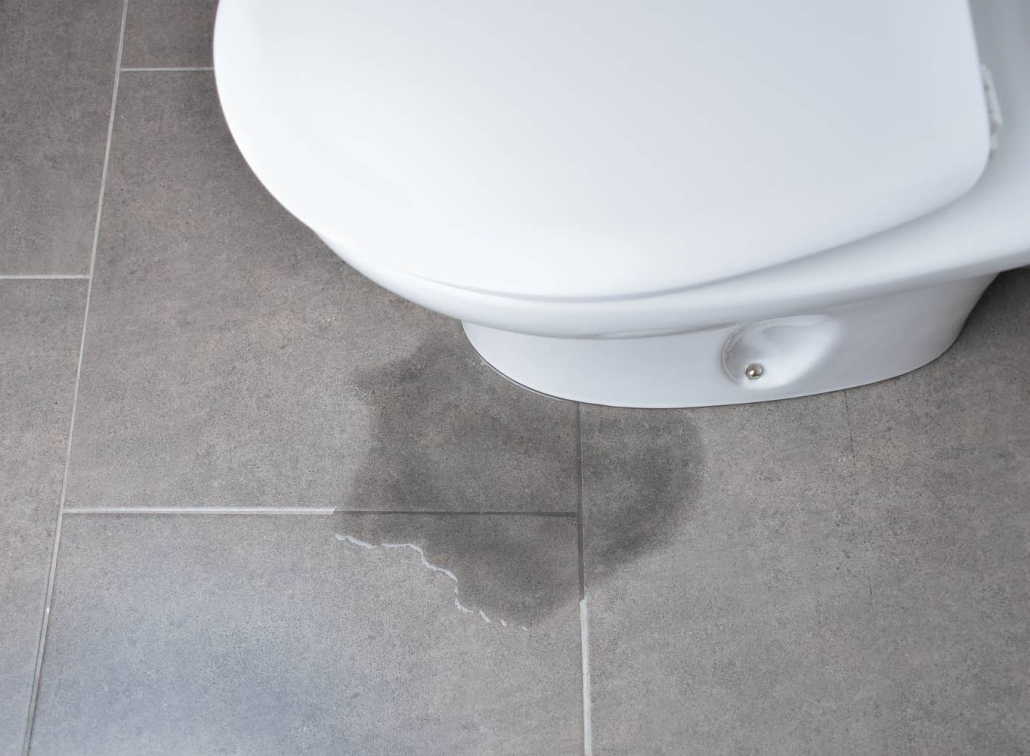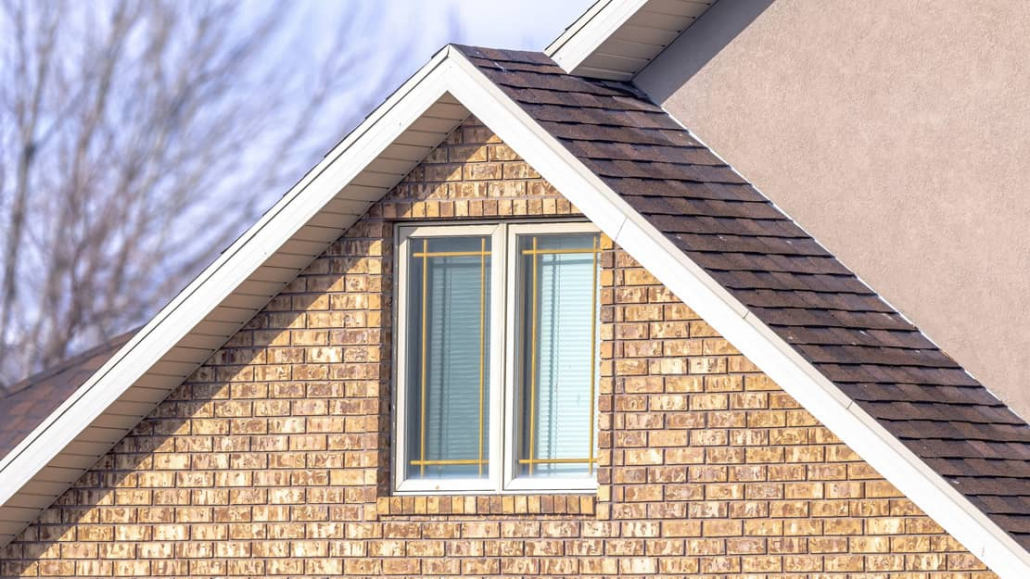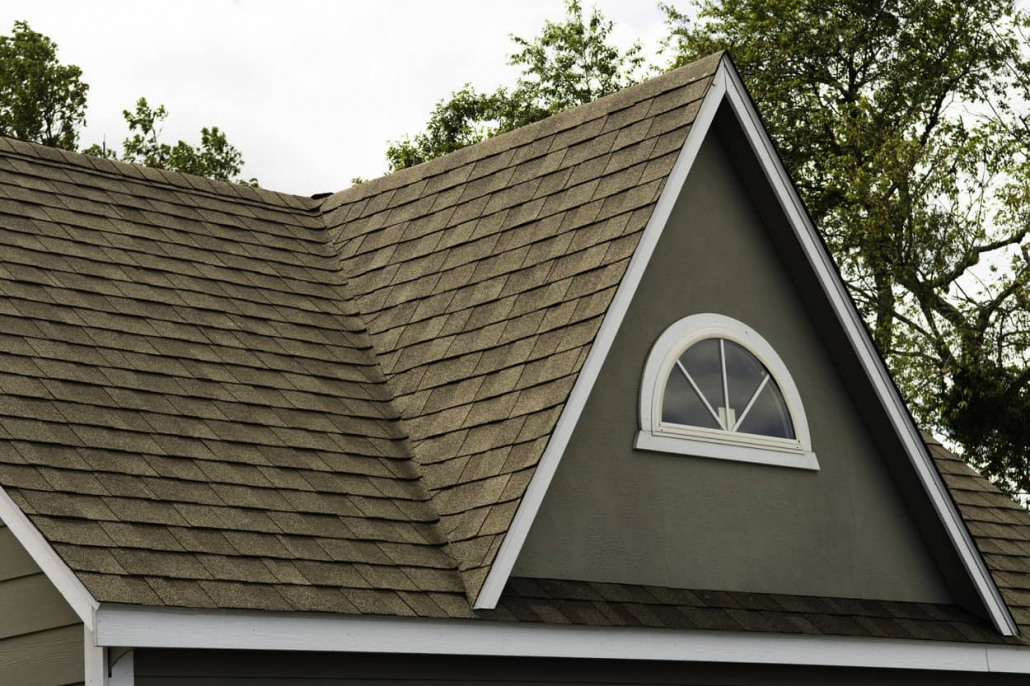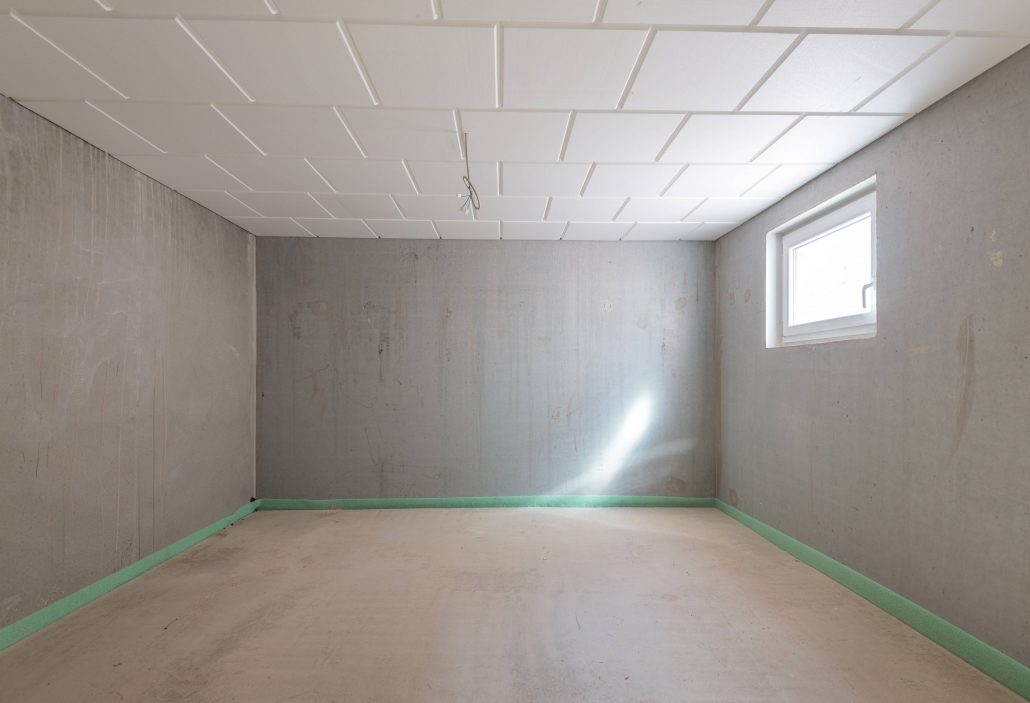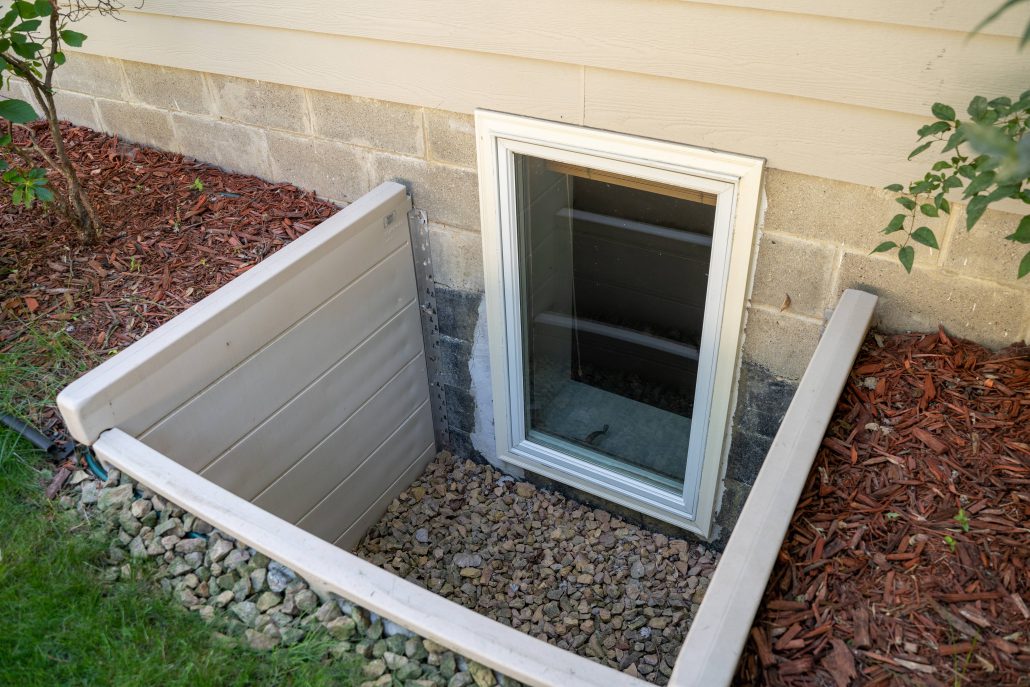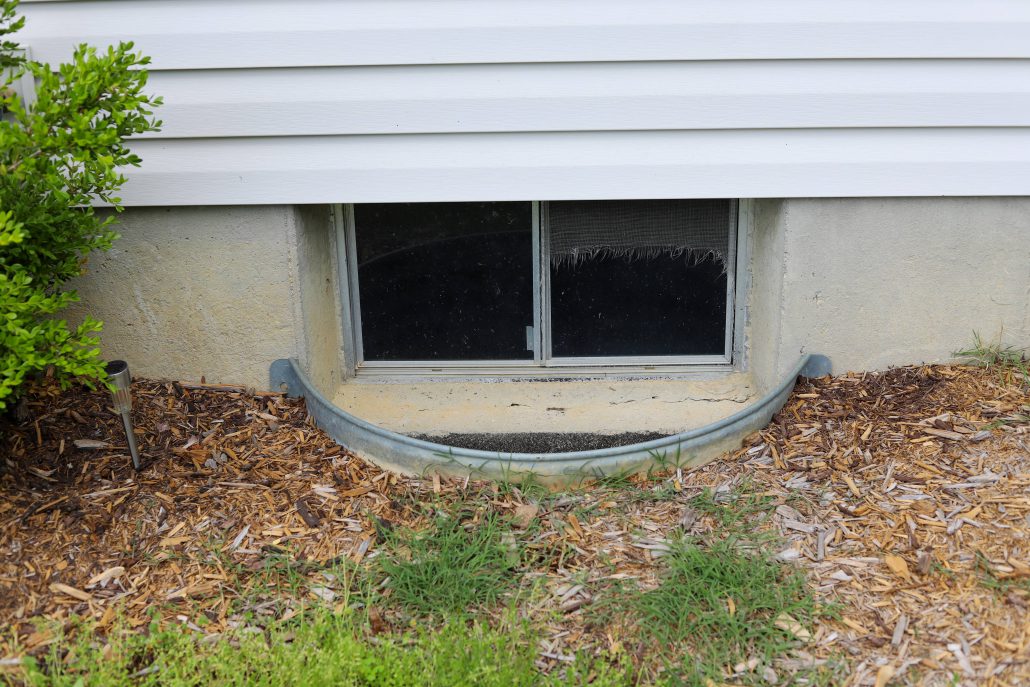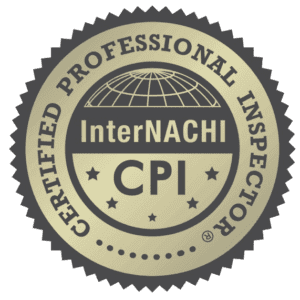Homeowners have many items that need maintenance or replacing. Over the years, it is best to maintain a consistent home maintenance checklist. This can save you time and money over long periods of time. No homeowner wants to put their family’s health in danger. So, ensuring that any appliance dealing with a form of gas or chemical is working properly should be a priority. Always remember that your AC unit has many functioning parts. Your goal as a homeowner should be to have the unit inspected yearly. This allows you to maintain a level of comfort when it comes to the dangers of your AC unit. Is a freon leak in your home dangerous? If exposed to a freon leak over a long period of time, you will experience many health symptoms.
Let’s take a look below at what this all means in terms of your health and safety.
What Is Freon
The word “freon” comes from the Dupont company and was trademarked by the Chemours Company. Freon 22 is the most common type of freon used in homes. It is referred to by professionals as R-22 refrigerant. Keep in mind that freon is for cooling appliances and is a propellant in aerosol cans. In addition, freon is a chlorofluorocarbon that has been linked to the depletion of the ozone layer. After 2005 this refrigerant was phased out from all appliances. A new version of an environmentally refrigerant was created called R-410A. Also, it became law that all appliances made after 2010 must not contain freon. The most obvious place where freon is used would be your HVAC system. The air conditioning unit in most modern homes before 2010 uses freon to cool the air.
What Are The Health Risks
Believe it or not, there are a few health risks that go along with freon. If you have a freon leak, you could be exposed to a serious chemical. Not only can you be exposed to a refrigerant in your AC unit, but also, your car uses a freon refrigerant as well. The various symptoms that you will endure should you become exposed to freon are as follows:
- Headaches
- Dizziness
- Coughing and irritation to the throat
- Eye irritation
Should you become exposed to freon for a longer period of time, then your symptoms will surely become more severe. It is highly recommended that you seek medical assistance if the following symptoms occur:
- Vomiting
- Heartbeat speeds up
- Blackout or loss of consciousness
- Having difficulty breathing or shortness of breath
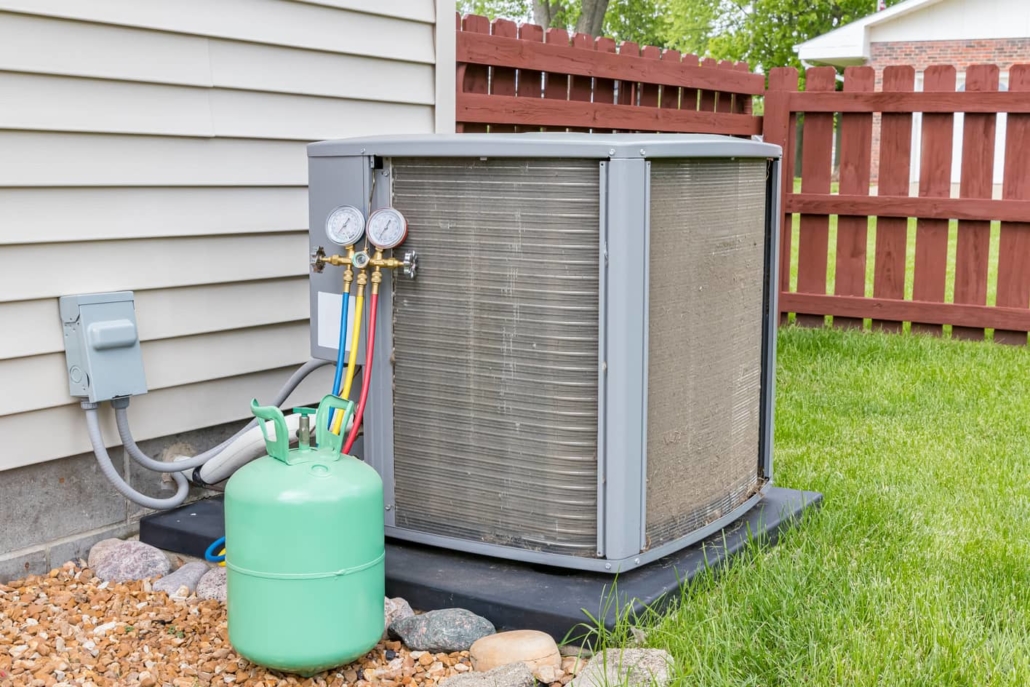
How Would I Detect A Leak
Detecting a leak in your AC unit could take you some time. There is a sweet kind of odor that is associated with a refrigerant leak. Although it does take a lot to smell, exposure over a long period can cause health issues as mentioned above. Also, the good thing is, that exposure to a refrigerant leak would take extreme damage to the AC unit and is not deadly.
How Much Does It Cost
The national average for freon refill is $125 to $150 per pound. In most cases, the homeowner is going to pay anywhere from $200 to $400 per refill. In addition, if you have a larger AC unit that requires more refrigerant, you could be expected to pay up to and possibly more than $600 per refill.
Other Recommended Maintenance
Now that you have an understanding of a freon leak in your AC unit, it is also a good idea to understand more about your AC unit. Major damage is required for any refrigerant or freon leak to occur. Most homeowners will never experience this occurring over the time they own their homes. However, keep in mind that things happen to your AC unit and you should be prepared for those equipment failures. AC pressures adjust as the unit is being used. Be mindful of what head pressure in your AC unit should look like. This will help you to understand when to call a professional AC service technician.
Next, consider how old your AC unit is. Having the AC unit serviced more often than you would like is an indication that a replacement is necessary. Always track how often you service your AC unit and keep a record of any parts that are replaced.
Lastly, check for leaks. There are a few possible reasons why your AC unit leaks water. While you are looking into a freon leak, consider checking into the water that might be leaking around your AC unit. Typically, if one area of the AC unit is malfunctioning, other parts are also breaking down. Always consider reading up on where and why your AC unit might be leaking water. This will keep you from getting too worried about bigger repair bills.
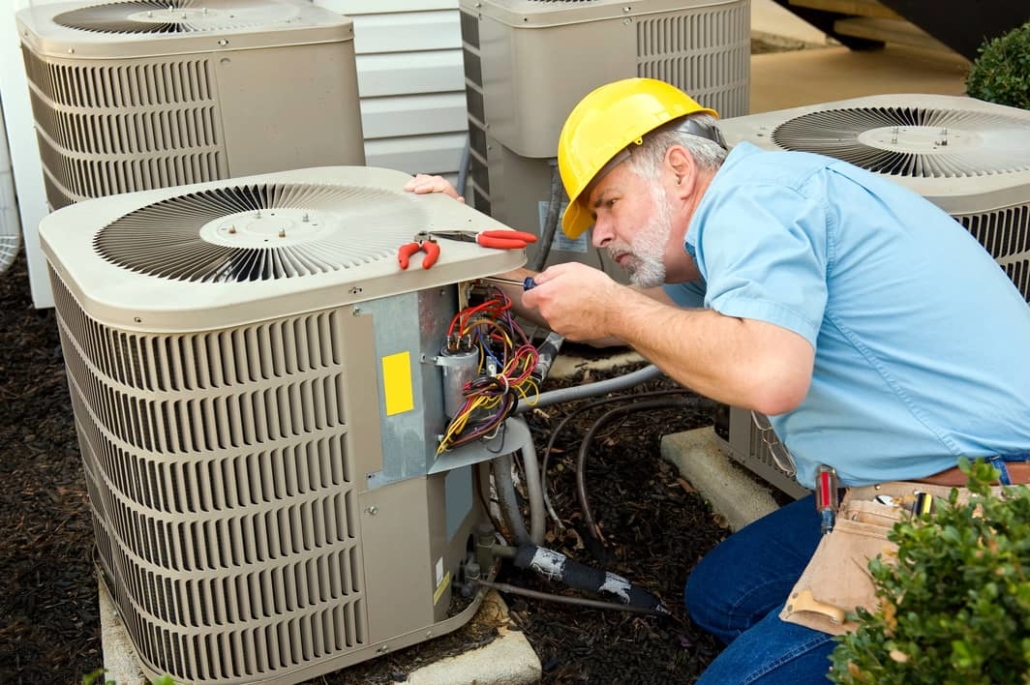
When Do I Call A Professional
Calling on a professional for all of your HVAC needs is vital to keeping your system up and running. The more you maintain your HVAC unit the longer it will last for you. If you don’t know who to call, reach out to your local home inspection team. Not only can they refer a reputable HVAC service technician, but they can also inspect your home for any other recommended HVAC repairs.
Conclusion
Regular maintenance of your AC unit is key to preventing any type of leaking in your unit. Whether it is water or freon leaking, you will want to call a professional HVAC service technician right away. The longer that you wait to inspect and repair any damage to your unit, the more exposure to health issues you have. Call on your local home inspection team to get an inspection of your HVAC system and decide on potential repair project needs. Also, remember that it is highly recommended that your HVAC unit is serviced in the Springtime. Reach out to Home Inspection Geeks will take a look at your HVAC unit during a home inspection in the Chicago area.



